Bridging the gap for workers with disabilities
3 Oct. 2024
People with disabilities remain under-represented in the workforce despite the valuable contribution they offer to the workplace. We examine the challenges faced by people with disabilities, and the often simple measures that employers can take to create a more inclusive workplace.
In the UK, one in five people of working age is living with a disability or long-term health condition. The disability employment gap is the difference in the percentage of people with disabilities in work compared to people without disabilities.
Latest figures from the Office for National Statistics show that this gap sits at 29.8%, the widest it has been since 2018. It is critical for employers to take a proactive approach to hiring and retaining staff with disabilities if we are to close this gap in the future.
What are hidden disabilities?
The familiar ‘disabled’ symbol adorning parking spaces and toilet doors is a simple outline of a figure in a wheelchair. An instantly recognisable and some would argue useful symbol, yet it’s a somewhat misleading stereotype. It is estimated that 70 to 80 per cent of disabilities are hidden, meaning they are not necessarily visible to others. These include mental health conditions, autism and other neurodivergences; cognitive impairments; problems with hearing, vision or speech; energy-limiting conditions such as fibromyalgia or ME, and chronic pain. Other hidden disabilities can include respiratory illnesses and long-term conditions such as arthritis and diabetes.
What are the challenges people with disabilities face?
When applying for a job, it’s only natural for people to want to sell themselves to prospective employers. Most candidates will be more than happy to detail their skills and experience, but many will be reluctant to declare a disability. There is a very real fear of prejudice, whether this comes in the form of conscious or unconscious bias. By drawing attention to their disability, people fear they may ruin their chances of getting a job or a promotion. However, if they don’t declare their health condition, they may end up battling with a difficult or unsustainable working environment. Research for the
2023 Ingeus Disability Diversity and Inclusivity Index (DDI) revealed that more than a third of people with hidden disabilities did not want to declare it until they were fully established in their role.
Furthermore, some employers still carry assumptions that all people with disabilities or health conditions require costly workplace adjustments, or will have lengthy sickness absences, or will damage productivity. Many might also wrongly assume that they cannot work independently. However, this is not the case, many adjustments are
low-cost or even free with government grants to cover the costs. Studies have shown that employees with disabilities do not have higher rates of sickness absence and are able to manage their health conditions and maintain consistent attendance at work. Research from the
DDI showed productivity levels for people with disabilities are comparable to people without disabilities, with employers rating the quality of employment for those with disabilities higher than coworkers without disability (77%).
How can employers be supportive and inclusive?
Creating a culture of support and inclusion requires commitment from leaders to take action. Having inclusive practices and policies in place helps ensure support is available for those who need it. Often, the simplest tweaks can make all the difference, and there is a wide range of adjustments that a workplace can offer. Workplace adjustments can range from providing ergonomic equipment, assistive technology or accessible types of communication to flexible working or adjusting work schedules to accommodate medical appointments, implementing phased returns to work after illness, or modifying job duties to better suit an employee’s abilities.
At Ingeus, we set up a Workplace Adjustment Passport to allow colleagues to document disabilities or health conditions, and their associated needs. This passport travels with them if they move roles within the business, ensuring they always receive appropriate support. We have a dyslexia diagnostic tool for staff, and software to ease the process of reading and writing. We also encourage an open dialogue around mental health and have a dedicated team of accredited mental health first aiders. Meanwhile, the
Hidden Disabilities Sunflower scheme offers a simple and discreet way to declare a hidden disability. Employers can join schemes to show their commitment to an inclusive and supportive workplace.
What support is available to employers?
Employability providers, such as Ingeus, work with businesses to help them tap into the vast talent pool that people with disabilities offer. We match people to vacancies and support them in-work to create lasting employment. As a Disability Confident leader, we also help businesses achieve their own Disability Confident accreditation. Other support sources include the
Business Disability Forum, which works in partnership with business, government, and people with disabilities to remove barriers to inclusion. The Government has
further guidance and toolkits here that may prove useful.
Access to Work is an employment support grant scheme that can help you get or stay in work if you have a physical or mental health condition or disability. The support you get will depend on individual needs, which can provide financial and practical support such as specialist equipment and assistive software, support workers (BSL interpreter, a job coach or a travel buddy) and physical changes to an employee's workplace.

 Contact Us
Contact Us
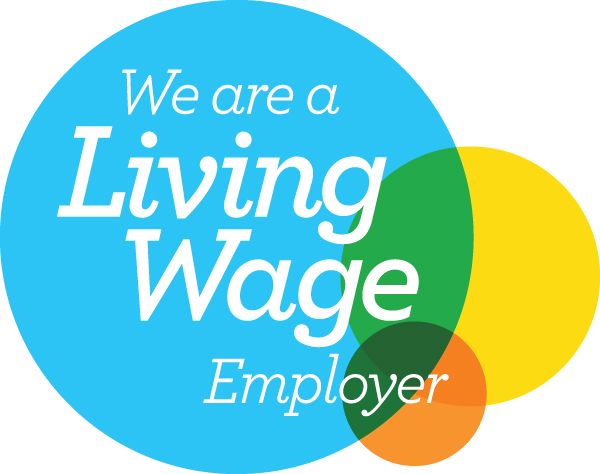
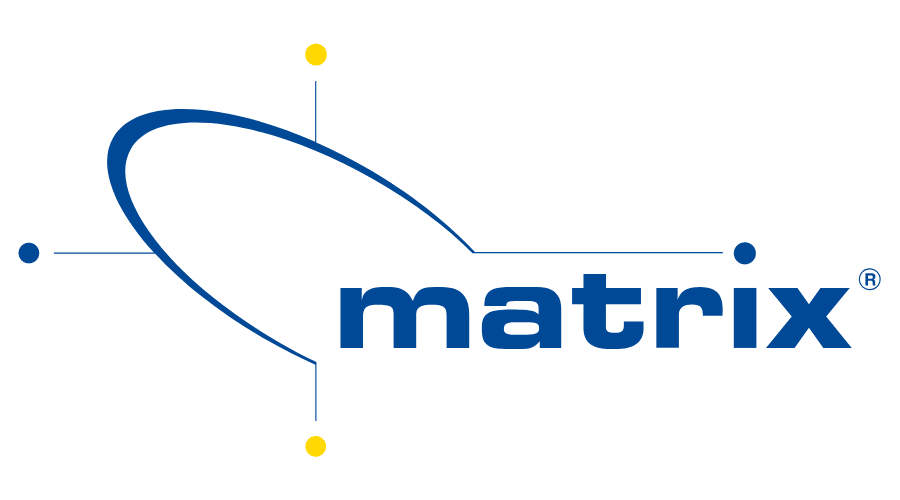
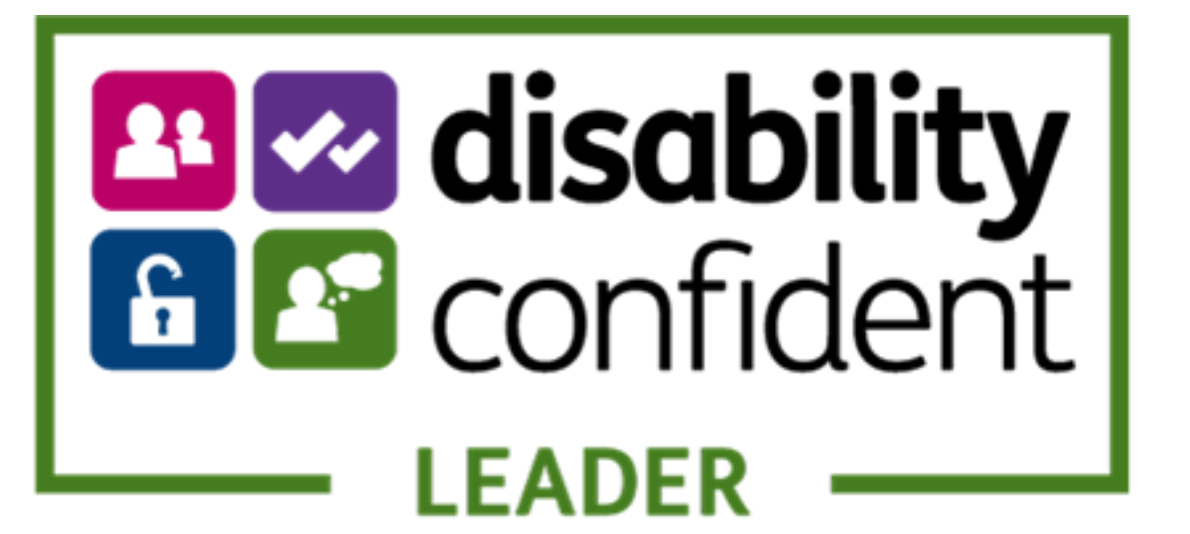
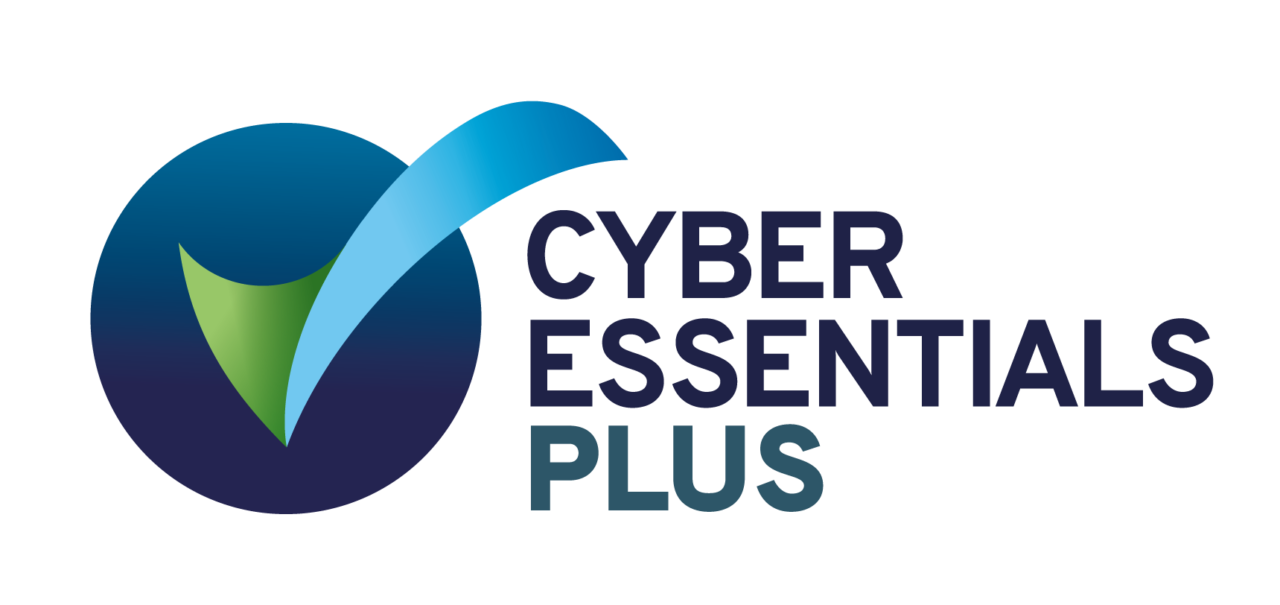
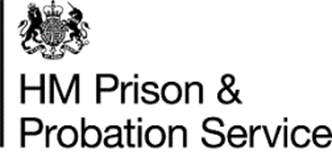
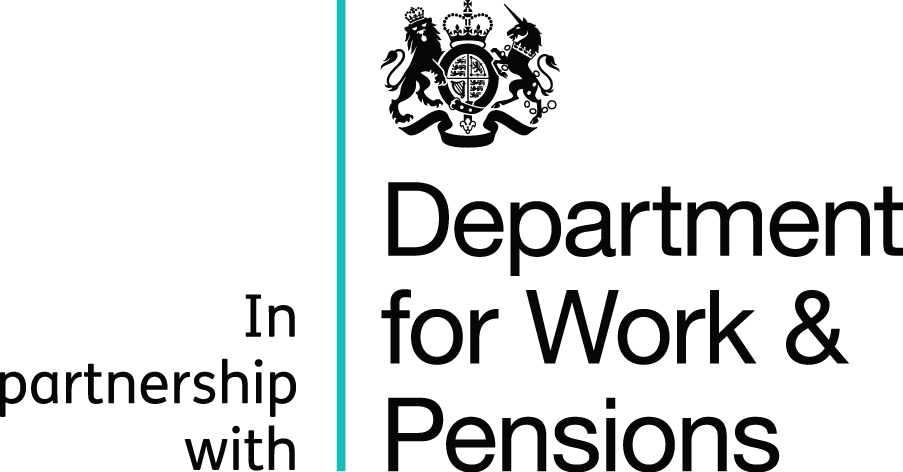

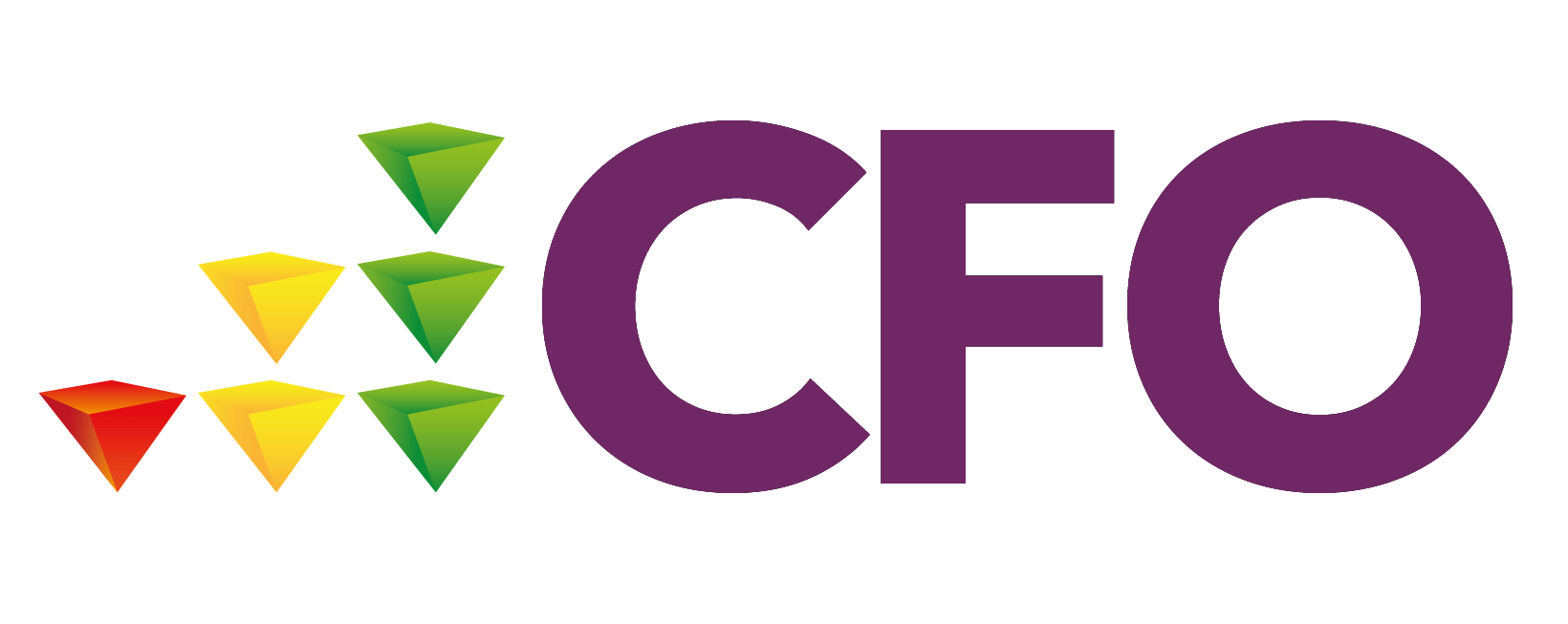
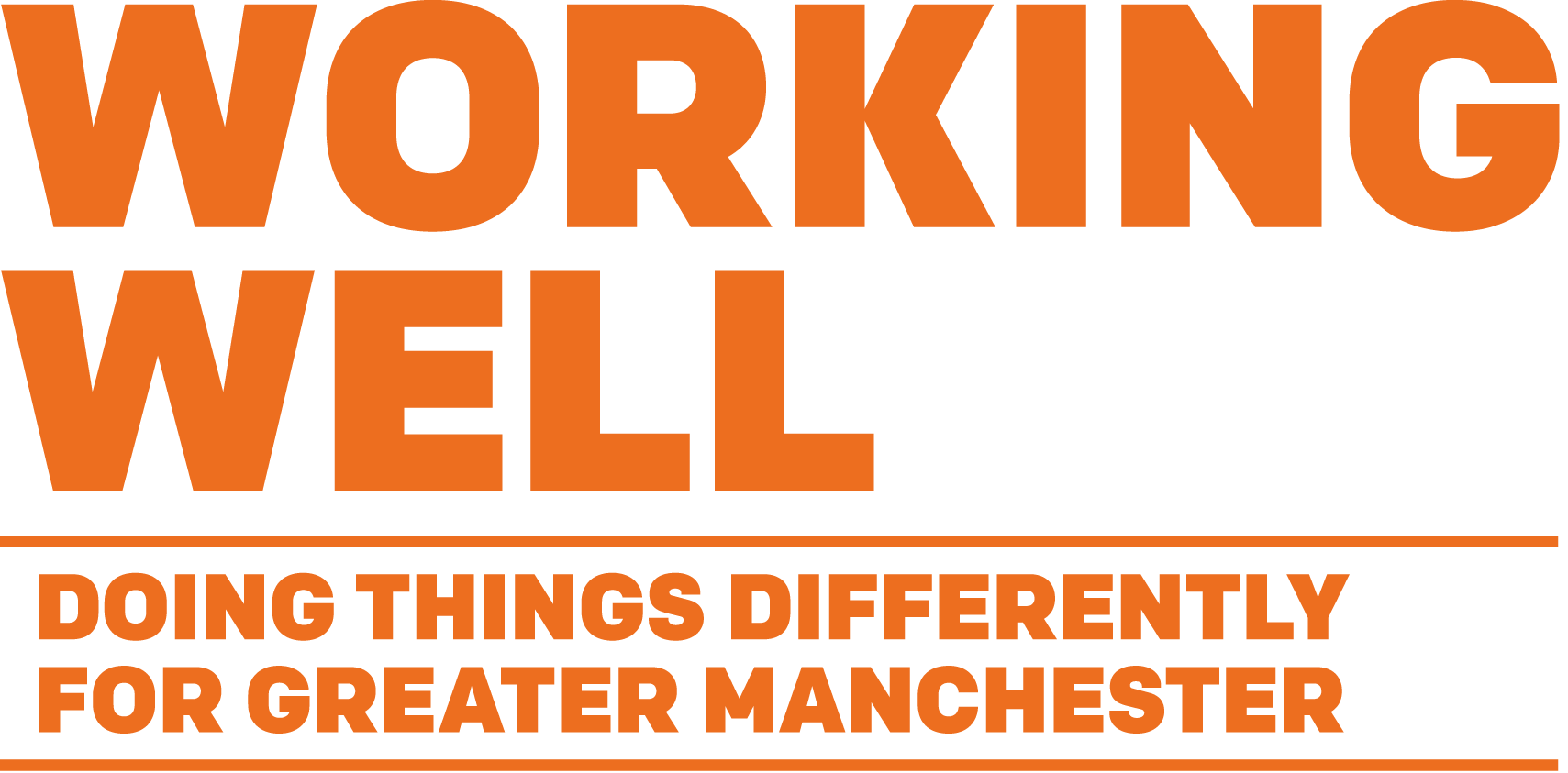.png?width=1709&height=843&ext=.png)
.png?width=1165&height=190&ext=.png)
